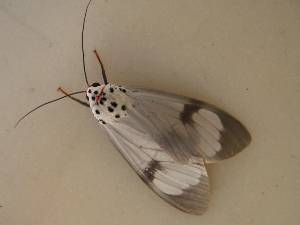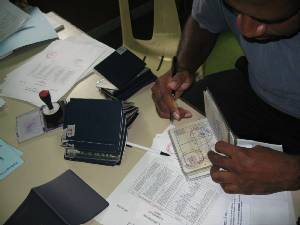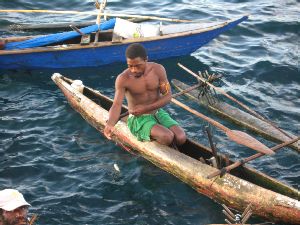|
Arrived at General Santos City...
June 6, 2008 (6.0534N,125.1492E)
On June 2, we arrived at the Makar Wharf just southwest of the General Santos City on Mindanao Island around 10am. It was still dark when we passed the Sarangani Islands at the island’s southernmost tip. I woke up as we passed through the Sarangani Strait within sight of the Tinaca Point to our north. After that, lush green land was always on our starboard side. Sarangani Bay was just around the corner.
We could already see Mount Matutum while on a northwesterly course to turn the corner into the bay. This extinct volcano stood on the skyline behind General Santos City. There had been excitement among the crew on PRIMROSE as we approached land. The previous day, we had passed by the Nanusa Islands which belong to Indonesia and I could sense their preparations for land. Some were planning to stay on shore leave while PRIMROSE continued on toward Bangkok to deliver its frozen fish cargo. Many of them had their home in smaller islands which would take a day or two to reach still. The guest crews from other vessels whom we had brought home for vacation, were in their clean clothes already. I was sure their bags were packed as well, ready for disembarking. Their eyes glowed when finally their cell phones had reception, and they started placing calls to their loved ones, dialing with a big smile.
It was a clear sunny day as we entered the bay. I started seeing fishermen around in trimarans without a mast. In my May 28 and 31 dispatches, I had mentioned “pump boatsâ€? as a local design to PNG. It turns out, the pump boat was a Philippine design, very common in all sizes around here. The smaller of these pump boats were powered by a single paddle, larger ones had an engine in the main hull. A trimaran design with a long and narrow main hull, featuring two floats on either side typically made of bamboo, these boats were swift and stable on the water. The modern pump boats had molded fiberglass hull and outriggers.
We slowly manouvered into position at the Makar Wharf. The crew handling the mooring lines to tie at the dock were now wearing orange overalls and they were clearly visible. Alejandro was one of them. He had a thinner retrieval line with a weight at the end. He stood at the bow like the young woman in the movie, “Titanic," leaned against the railing then started spinning the weight in the air like a propeller in front of him. He had started with a short line which he extended as he kept spinning the weight. A pile of the line was laid out on the deck. With each passing of the line, I could hear it whooshing while slicing through the air. Once he was satisfied that he had sufficient velocity to the weight, Alejandro released the line when the weight was at the bottom of its big circular track just like a sling, sending it on shore. The weight landed on concrete, bounced and came to a stop.
A uniformed dockman came to pick up the weight; in the meantime the crew in orange overalls had tied the heavy mooring line the size of my wrist to the end of the retrieval line. When ready, the crew fed the heavy mooring line down while the man on the dock pulled it into position next to the moorings available, then secured it. More than one line was deployed in different angles, each one then pulled tight by power to position the vessel on the dockside. Before long, a ladder was lowered for easy access.
I was finally in the Philippines, albeit arriving on a large vessel...
Erden.
|


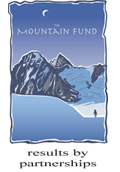




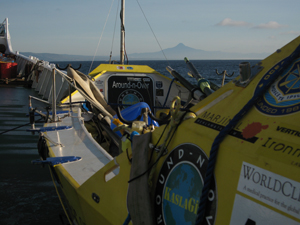 Mount Matutum was visible from a long distance
Mount Matutum was visible from a long distance
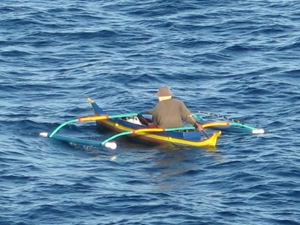 Smaller pump boats were powered by a single side paddle.
Smaller pump boats were powered by a single side paddle.
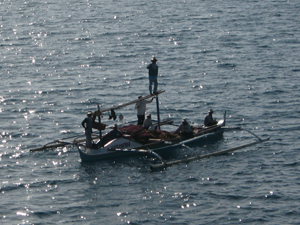 The larger pump boats with an inboard engine offered room for more fishermen or for cargo.
The larger pump boats with an inboard engine offered room for more fishermen or for cargo.
